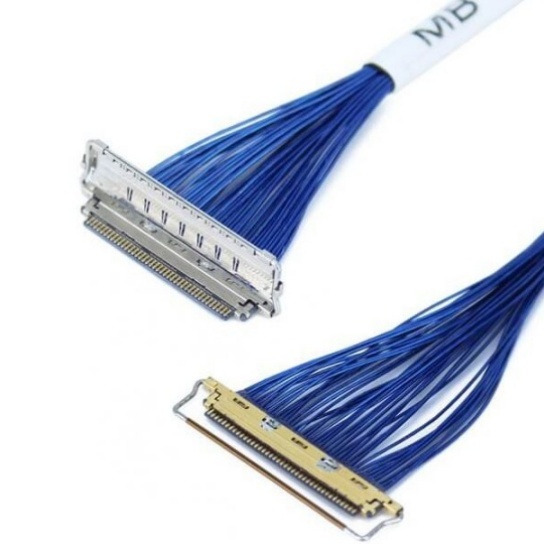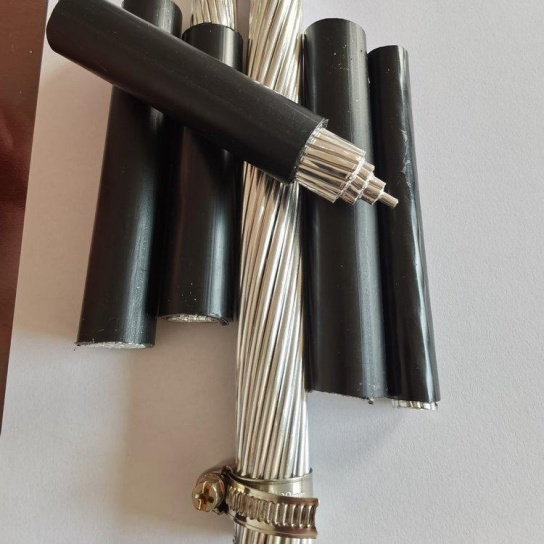Which Types of Aircraft Use EWIS
1. Commercial Passenger Aircraft
Examples: Boeing 737, Airbus A320, A350, and Boeing 787 Dreamliner
Commercial airliners depend heavily on EWIS to manage:
Flight Control Systems: Fly-by-wire technology requires redundant, high-integrity wiring.
In-Flight Entertainment (IFE): Complex networks for seatback screens, Wi-Fi, and cabin lighting.
Power Distribution: High-capacity cables for engines, APUs, and auxiliary systems.
Key Features:
Compliance with stringent FAA/EASA flammability and smoke toxicity standards.
Use of lightweight, shielded cables to reduce weight and electromagnetic interference (EMI).
Modular designs for easier maintenance during short turnaround times.
2. Military Aircraft
Examples: F-35 Lightning II, C-130 Hercules, AH-64 Apache Helicopter
Military aircraft demand ruggedized EWIS capable of withstanding extreme conditions:
High-G Maneuvers: Reinforced wiring to resist mechanical stress.
Electronic Warfare (EW): Shielded cables to protect against jamming and EMI.
Stealth Technology: EWIS components designed to minimize radar signatures.
Key Features:
Corrosion-resistant connectors for operations in humid or salty environments.
Fireproof conduits and self-sealing cables to survive combat damage.
Rapid-repair capabilities for field maintenance.
3. General Aviation Aircraft
Examples: Cessna 172, Piper PA-28, Cirrus SR22
Smaller aircraft use simplified EWIS for cost-effective reliability:
Avionics: Basic navigation and communication systems.
Engine Monitoring: Sensors and wiring for fuel, oil, and temperature gauges.
Lighting: Electrical circuits for interior and exterior lights.
Key Features:
Emphasis on ease of inspection and repair for owner-operated maintenance.
Use of standard-grade (non-aerospace) wires in non-critical systems to reduce costs.
Compliance with FAA Part 23 regulations for small aircraft.
4. Helicopters
Examples: Sikorsky UH-60 Black Hawk, Bell 407, Airbus H145
Helicopters face unique EWIS challenges due to vibration and confined spaces:
Vibration Resistance: Spiral wraps and anti-chafe sleeves to protect wires from rotor-induced vibrations.
Critical Systems: Wiring for autopilot, rotor controls, and terrain avoidance systems.
Weight Constraints: Compact, high-density cable routing in tight airframes.
Key Features:
Flexible, high-temperature wires for engine bay installations.
Frequent inspections to address wear from dynamic components.
5. Unmanned Aerial Vehicles (UAVs/Drones)
Examples: MQ-9 Reaper, DJI Matrice 300
Drones rely on miniaturized EWIS for advanced functionality:
Payload Integration: Wiring for cameras, LiDAR, and communication relays.
Autonomous Systems: Redundant circuits for GPS, collision avoidance, and data links.
Battery Management: High-efficiency cables for electric propulsion systems.
Key Features:
Ultra-lightweight wiring to maximize flight endurance.
EMI shielding to prevent interference with sensitive sensors.
Rapid-replacement designs for modular components.
6. Regional and Cargo Aircraft
Examples: Bombardier CRJ Series, Boeing 767 Freighter
These aircraft balance EWIS durability with operational flexibility:
Cargo Loading Systems: Wiring for automated cargo doors and weight sensors.
Temperature Control: Insulated cables for cold-chain logistics in freighters.
Retrofitting: Upgrading older EWIS to meet modern safety standards.
Key Features:
Heavy-duty connectors to handle frequent loading/unloading cycles.
Moisture-resistant insulation for operations in diverse climates.
7. Experimental and Vintage Aircraft
Examples: Homebuilt kits, restored WWII planes
Restorations and experimental models often blend old and new EWIS practices:
Rewiring Projects: Replacing outdated cloth-insulated wires with Teflon-coated cables.
Hybrid Systems: Integrating modern avionics into vintage airframes.
Key Features:
Adherence to FAA AC 43.13 guidelines for legacy systems.
Custom solutions to meet safety standards without compromising historical authenticity.
8. eVTOL and Future Urban Air Mobility (UAM)
Examples: Joby Aviation S4, Volocopter
Electric Vertical Takeoff and Landing (eVTOL) aircraft push EWIS innovation:
High-Voltage Systems: Cables rated for 800V+ electric propulsion.
Redundancy: Fail-safe wiring for autonomous urban transport.
Thermal Management: Advanced cooling systems for battery and motor wiring.
Key Features:
Composite materials to reduce weight and enhance conductivity.
Real-time health monitoring via embedded sensors.
Regulatory Variations Across Aircraft Types
EWIS standards differ based on aircraft size and purpose:
Large Commercial Jets: Strict compliance with FAA 25.1701 or EASA CS-25.
Military Aircraft: Follow MIL-STD-704 for power quality and MIL-W-5088 for wiring.
General Aviation: Governed by FAA Part 23 or Part 27 (for helicopters).
Challenges in EWIS Design by Aircraft Category
Weight vs. Durability: Balancing lightweight materials with robustness.
Environmental Resilience: Tailoring EWIS for Arctic cold, desert heat, or marine operations.
Aging Fleets: Managing insulation degradation in older aircraft like the Boeing 747-400.






